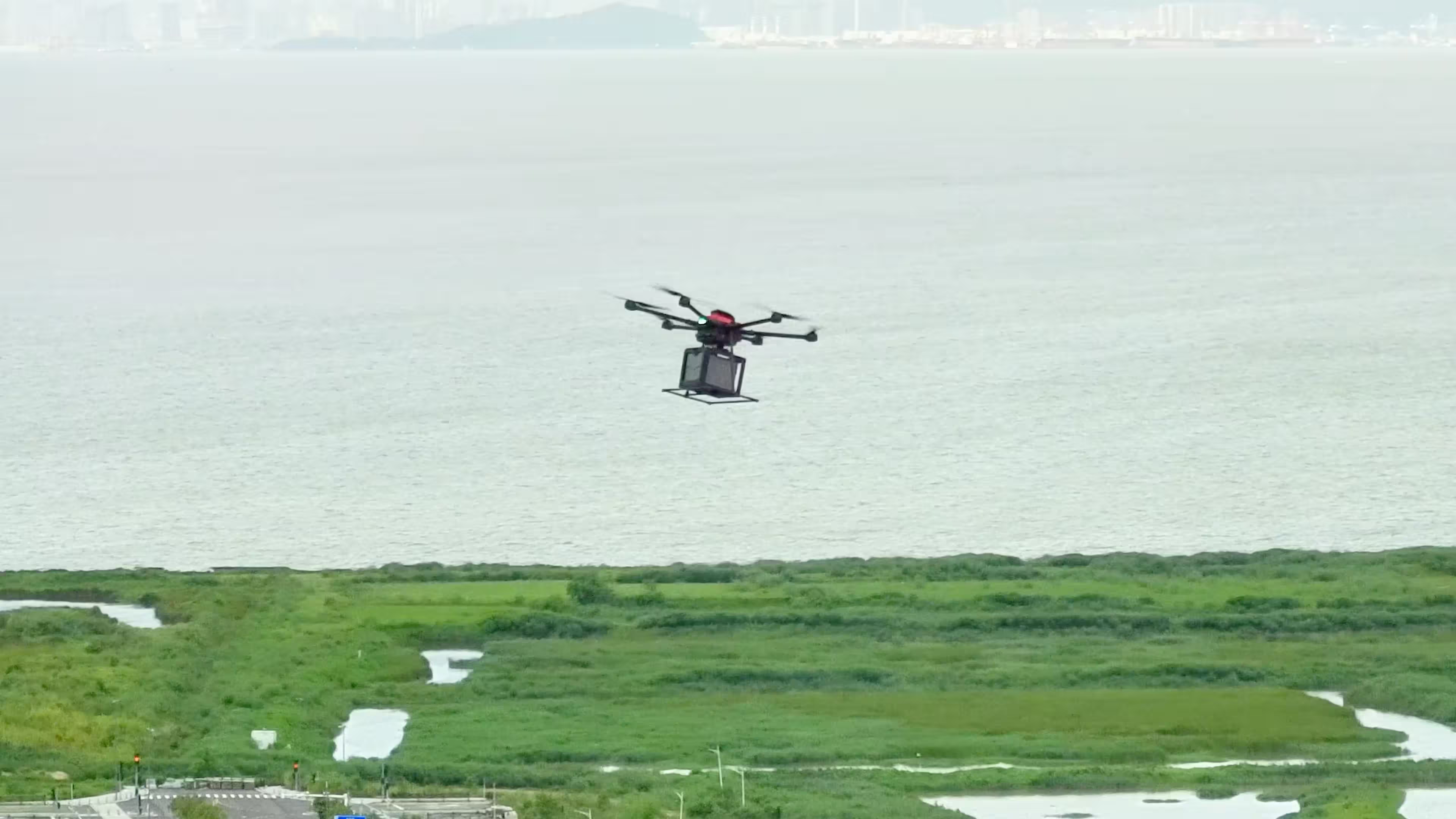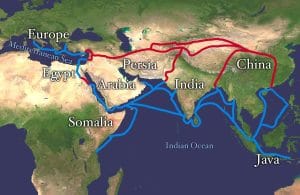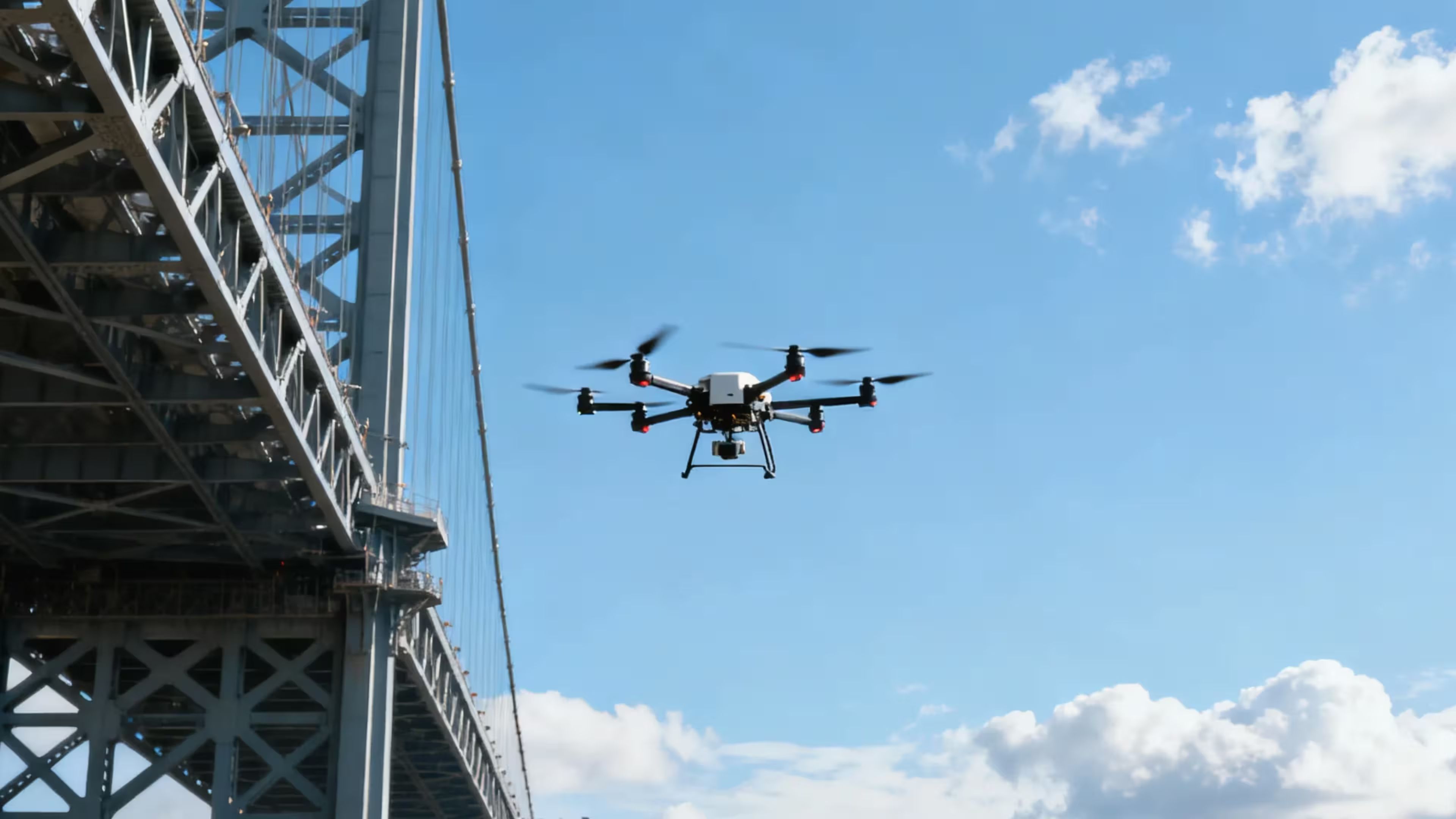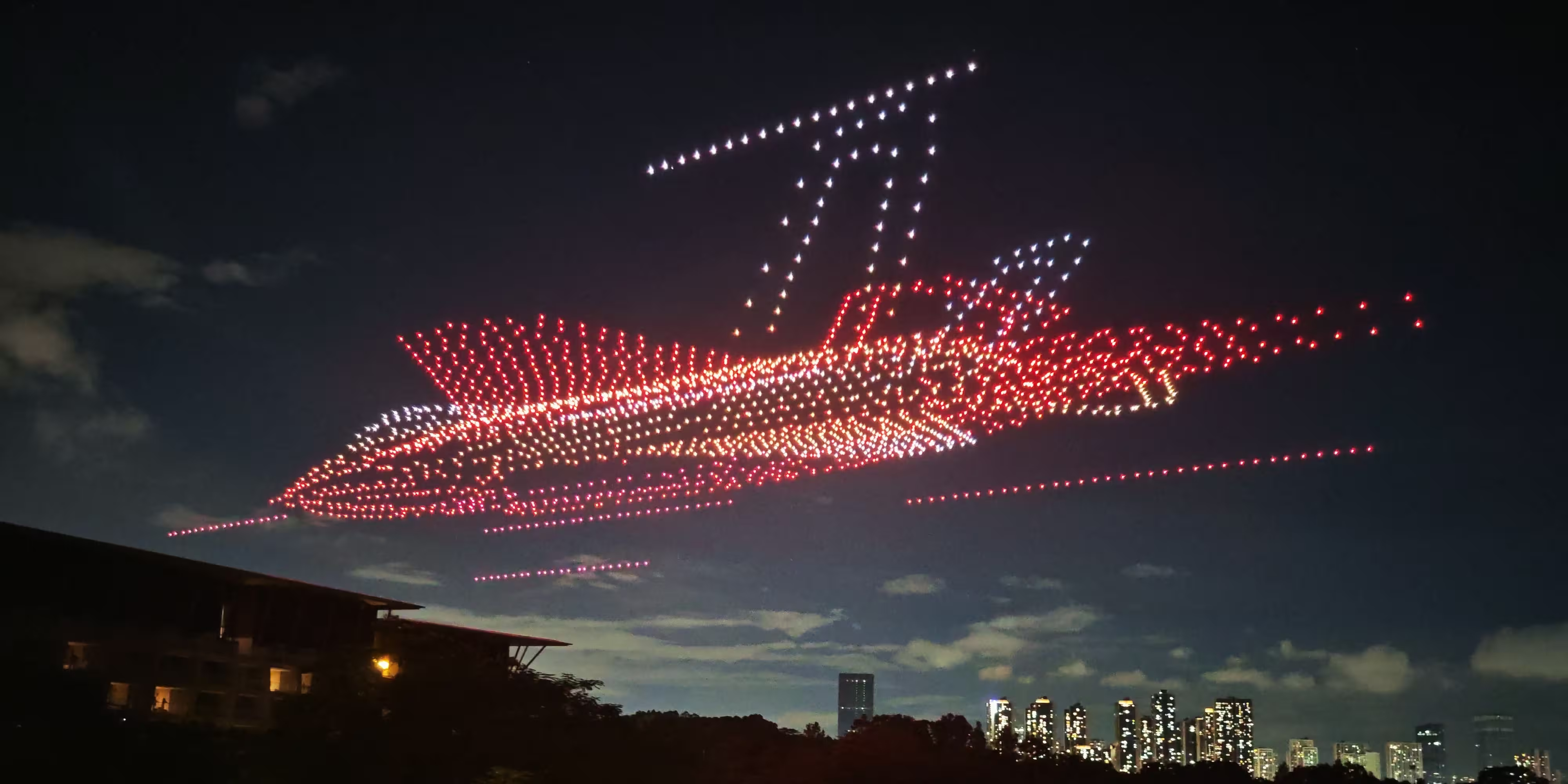
As an innovator in the industrial-grade drone sector, MMC understands that a thorough grasp of UAV classification is key to leveraging this technology effectively. Categorizing drones is a multi-dimensional exercise that goes far beyond “quadcopter” or “fixed-wing.” This article systematically explores UAV types from various perspectives: platform configuration, size/weight, application domain, technical grade, and power source.
Classification by Platform Configuration (The Core Method)
This is the most fundamental way to distinguish UAVs, defining their flight principles and core applications.
Multi-Rotor Drones
- Characteristics: Lift is generated directly by multiple motors (quad, hexa, octo-copter, etc.), with attitude controlled by varying motor speeds.
- Advantages: Vertical Take-Off and Landing (VTOL), hovering, simple operation, flexible deployment.
- Disadvantages: Short endurance, low speed, relatively weak wind resistance.
- MMC Perspective: The cornerstone of our product line. Our “Ru Yun Long” series, with superior flight control algorithms and stability, is a standard tool for power inspection, firefighting emergency response, and public security. To solve the endurance pain point, we pioneered hydrogen fuel cell multi-rotor drones, extending mission times to several hours.
Fixed-Wing Drones
- Characteristics: Fixed wings generate aerodynamic lift. Require runway, catapult, or hand launch.
- Advantages: Long endurance, high speed, high operational efficiency, strong payload capacity.
- Disadvantages: Cannot hover, requires takeoff/landing airspace, higher operational barrier.
- MMC Perspective: Ideal for large-area mapping, land surveys, pipeline patrol, and environmental monitoring. They are highly efficient platforms for capturing orthophotos and generating HD 3D models.
VTOL (Vertical Take-Off and Landing) Fixed-Wing Drones
- Characteristics: A hybrid design adding a vertical lift system to a fixed-wing airframe, combining the best of both.
- Advantages: Combines VTOL/hovering capability with long-endurance, high-speed cruise. Highly adaptable to terrain.
- Disadvantages: More complex structure, high design barriers.
- MMC Perspective: The “star model” for industrial applications. Our VTOL products perfectly solve takeoff/landing challenges in complex terrain (e.g., mountains, islands), suitable for comprehensive survey, long-distance logistics, and cross-sea patrol.
Unmanned Helicopters
- Characteristics: Comprise a main rotor and tail rotor. Flight is controlled by changing the pitch of the main rotor blades.
- Advantages: Best payload capacity, endurance superior to multi-rotors, can hover.
- Disadvantages: Complex mechanics, high maintenance costs, most difficult to control, noisy.
- Application: Still hold irreplaceable value in heavy-lift transportation, large-scale agricultural spraying, and testing special payloads.
Other Emerging Types
- Flapping-Wing Drones: Bio-inspired design, high concealment, mostly in military R&D.
- Ducted Fan Drones: High safety, lower aerodynamic efficiency, seen in specific scenarios.
Classification by Size and Weight
This classification directly relates to airspace management and regulatory compliance.
- Micro Drones: Weight < 250g, e.g., palm-sized drones, mostly for consumer recreation.
- Small Drones: 250g ~ 25 kg. The vast majority of consumer and industrial drones (including MMC’s main products) fall into this category, requiring registration.
- Large Drones: Empty weight > 25 kg, operational weight > 25 kg. E.g., military “Predators,” logistics drones. Require strict airspace application and flight plan approval.
Classification by Application Domain
This is the most direct classification from a user’s perspective.
- Consumer Drones: Primarily for personal aerial photography and recreation.
- Industrial Drones: MMC’s core focus, providing toolified solutions for various industries.
- Inspection: Power line inspection, oil pipeline patrol, solar farm inspection (MMC core business).
- Surveying & Mapping: Topographic mapping, engineering survey, smart city construction.
- Security & Public Safety: Police patrol, firefighting, emergency response, traffic monitoring.
- Agriculture & Forestry: Pesticide spraying, crop monitoring, forest fire prevention.
- Logistics: Medical supply delivery, parcel transport.
- Military Drones: Used for reconnaissance, surveillance, strike, electronic warfare, etc., representing the highest technical barrier.
Classification by Technical Grade
- Toy-Grade: Simple functions, low cost, moderate stability.
- Professional-Grade: Feature high-precision GNSS, obstacle avoidance, industrial gimbals and cameras, high reliability. All MMC products are Professional-Grade.
- Military-Grade: Meet requirements for reliability, durability, and security in extreme environments.
Classification by Power Source
- Battery-Electric: Most common. Clean, quiet, but short endurance. MMC optimizes this through smart battery management and hydrogen fuel cell technology.
- Fuel-Powered (Gasoline): Long endurance, heavy payload, but noisy, high vibration, polluting. Often used in large drones or helicopters.
- Hybrid Power: Combines advantages of both. A key development direction for long-endurance missions. MMC is also active in this field.
Conclusion
From MMC’s perspective, UAV classification is a multi-dimensional matrix. Choosing a drone requires comprehensive consideration of your mission scenario (what function is needed), operating environment (where to fly), regulations (if it’s allowed), and budget.
There is no universal drone, only the most suitable solution. As a provider of total industrial drone solutions, MMC’s value lies not only in offering a full spectrum of hardware but also in our deep understanding of this classification system. We match clients with the most suitable aircraft, payloads, and software platforms to empower industries through intelligent transformation.




Comments